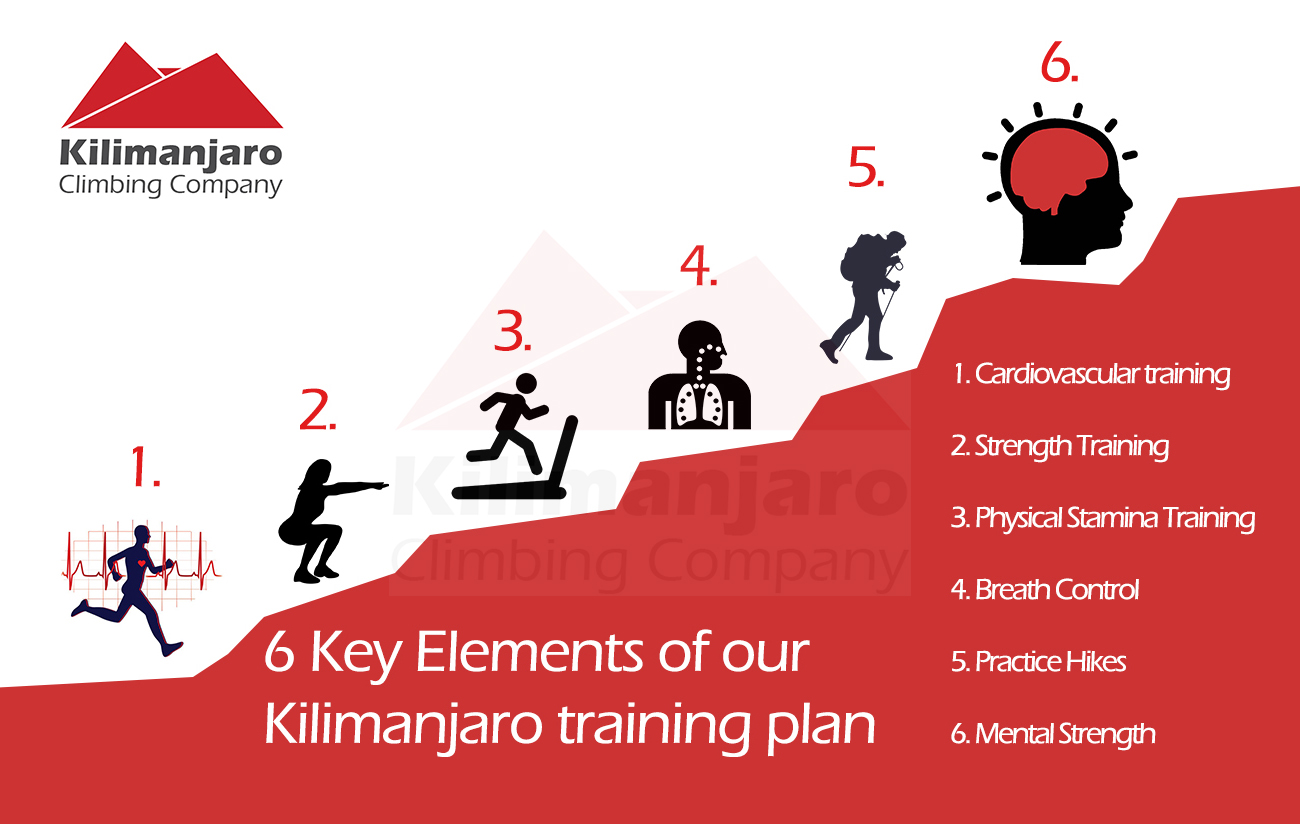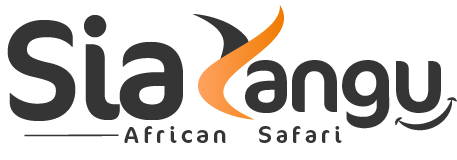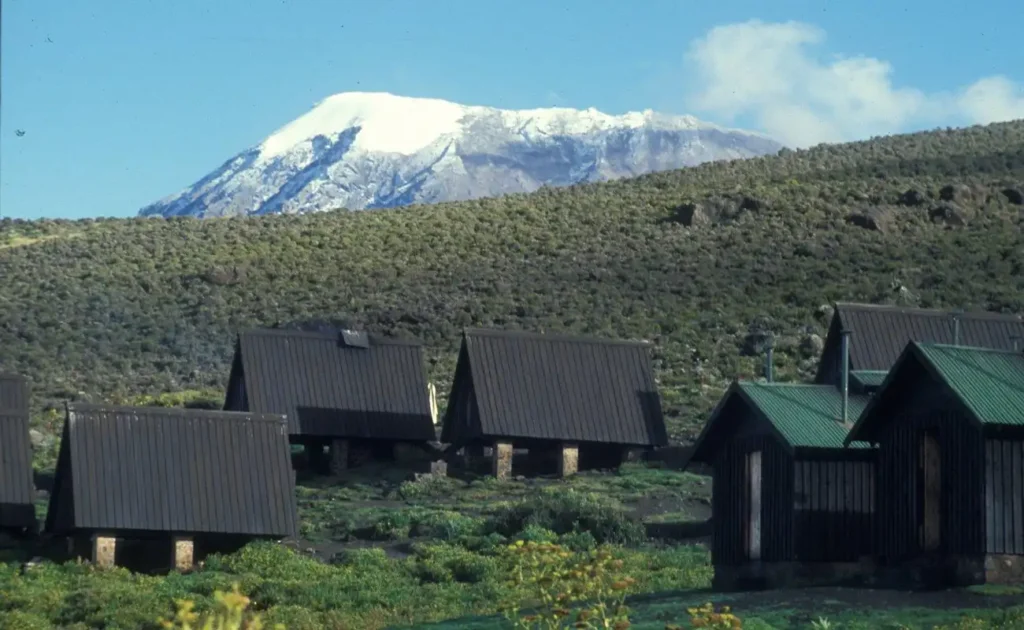Have you ever considered that almost 35,000 climbers attempt to summit Kilimanjaro each year, but not all of them are prepared? Ascending to 19,341 feet, Mount Kilimanjaro is not just about conquering a peak but facing a challenge that demands respect. Tales of unprepared adventurers struggling against altitude sickness serve as a reminder of the mountain’s demands.
Climbing Kilimanjaro isn’t technically difficult, but physical fitness and mental preparation are crucial. Originating from the majestic East African landscape, Kilimanjaro presents its own unique set of challenges. A fitness regime focusing on endurance and strength can significantly increase the chance of a successful ascent. Embracing a planned training schedule isn’t just a suggestion—it’s a necessity for those hoping to join the 60% who reach the summit.

Do I need training to climb Kilimanjaro?
Climbing Kilimanjaro is a challenging feat, and being in good shape is essential. The trek involves long walks, steep climbs, and high altitudes. Without proper training, the climb can be strenuous and even dangerous. Physical preparation helps your body handle the hike better. Training also lowers the risk of injuries and increases your chances of reaching the summit.
Mental preparation is equally important. Climbing Kilimanjaro requires determination and a positive mindset. Training provides the opportunity to build mental toughness. Being mentally strong helps in dealing with unexpected challenges. Staying motivated and focused are key to your success.
When planning your training, it’s essential to focus on specific exercises. Cardiovascular workouts like running or cycling are beneficial. Strength training, including leg workouts, should also be part of your routine. Flexibility exercises like yoga can improve your balance. Consistency in these activities prepares you for the physical demands.
Training for Kilimanjaro should ideally start several months before the climb. Gradually increasing the intensity of your workouts will help. Joining a hiking group can make the experience enjoyable and provide support.
- Cardio exercises: running, cycling
- Strength training: squats, lunges
- Flexibility training: yoga, stretching
Considering these points, your preparation will become thorough and efficient.
The Importance of Physical Fitness when Scaling Kilimanjaro
Physical fitness plays a critical role in climbing Kilimanjaro. The journey is demanding, with trekkers needing to walk approximately 5 to 7 hours each day. Strong legs and good endurance can make the trek more manageable. Without proper fitness, the risk of fatigue and injury increases. Preparing your body helps you enjoy the climb more and focus on the stunning views.
The mountain’s high altitude poses another challenge for climbers. As you ascend, the air gets thinner, making breathing more difficult. A fit body adjusts better to these changes. Aerobic training boosts your ability to adapt to high altitudes. This training helps keep altitude sickness at bay.
Developing a fitness plan tailored for the climb is beneficial. Combining cardiovascular and strength exercises ensures a well-rounded preparation. Cardio activities, such as hiking and swimming, improve lung capacity. Strength exercises, like squats and lunges, build muscle. A balanced approach supports a smoother climbing experience.
Engaging in regular exercise is useful even if you plan to hire porters. Porters carry equipment, but climbers must manage themselves.
- Cardio Prep: Running, hiking
- Strength Work: Weightlifting, squats
- Flex Training: Yoga, Pilates
Staying active is essential. It ensures you enjoy and complete the climb safely.
The Role of Mental Preparation in Climbing Kilimanjaro
Mental preparation is as crucial as physical readiness when climbing Kilimanjaro. The trek tests endurance, requiring a strong mental attitude. Climbers face shifting weather, steep paths, and long days. With mental resilience, these challenges become easier to tackle. Focusing on the goal helps maintain energy and stay positive.
Visualizing success is a powerful technique. Imagining reaching the summit boosts confidence and determination. Creating a mental picture of overcoming tough spots enhances motivation. Practicing mindfulness also strengthens focus. This practice calms the mind and reduces anxiety.
Discomfort and fatigue can distract climbers. A mental plan prepares for these tough moments. Keeping an optimistic outlook during hard times can make a big difference. Believing in your ability encourages perseverance. Remember, a positive attitude inspires others too.
Developing a few strategies can help mentally prepare for the climb.
- Set clear goals: Know your purpose
- Develop coping mechanisms: Breathing exercises, breaks
- Stay flexible: Adjust to unexpected hurdles
With these techniques, the climb becomes a more enriching experience. Mental strength ensures climbers enjoy and remember this adventure positively.
Training Plans to Successfully Summit Kilimanjaro
Preparing to climb Kilimanjaro involves more than just packing a backpack. A well-rounded training plan is key to conquering this mountain. Start your fitness journey months before the climb to give your body time to adjust. Mixing cardio, strength training, and flexibility exercises provides the best preparation. Remember, the aim is to build endurance and overall fitness.
Cardiovascular exercises strengthen your heart and lungs, crucial for high-altitude trekking. Activities like jogging and cycling are excellent choices. Aim for at least 30 minutes of cardio, 3 to 4 times a week. As you progress, mix in some hill climbing to mimic the mountain’s terrain. Gradually increase your intensity to improve stamina.
Incorporate strength training to enhance muscle power. Focus on leg exercises, like squats and lunges, as they support weight bearing during the climb. Weekly sessions with light weights and bodyweight exercises can improve muscle tone. Don’t forget your core—strong abs and back muscles help with balance. Consistency in your routine is essential for building strength.
A well-balanced training plan should include flexibility exercises. Flexibility aids in preventing injuries on unpredictable paths. Yoga and stretching enhance muscle elasticity and balance. Practice for about 15 minutes after each workout session. Increased flexibility can make your climb smoother and reduce muscle soreness.
A sample weekly training plan can look like this:
| Day | Activity |
|---|---|
| Monday | 30-minute run |
| Tuesday | Strength training: legs and core |
| Wednesday | Rest or gentle yoga |
| Thursday | Hiking or hill climb |
| Friday | Strength training: upper body |
| Saturday | Long walk or cycling |
| Sunday | Rest and flexibility exercises |
This plan offers variety, ensuring you’re both fit and ready for the journey ahead.
Frequently Asked Questions
Climbing Kilimanjaro is a challenging and rewarding experience. Here, we address some common questions to help you prepare for the expedition.
1. What is the best time of year to climb Kilimanjaro?
The best times to climb Kilimanjaro are during the dry seasons: January to March and June to October. These periods offer the most stable weather conditions, making the climb safer and more enjoyable.
The weather is generally clear, providing stunning views and reducing the risk of rain. However, these seasons are also the busiest, so be prepared for crowded trails.
2. How long does it take to climb Kilimanjaro?
Climbing Kilimanjaro typically takes between 5 to 9 days, depending on the route and pace. Longer treks allow for better acclimatization, increasing your chances of reaching the summit.
Popular routes like the Machame and Lemosho offer a good balance between duration and success rate. Rushing the climb can cause altitude sickness, so it’s best to take your time.
3. What should I pack for the Kilimanjaro climb?
Packing the right gear is crucial for a successful Kilimanjaro climb. Essential items include layered clothing, a warm sleeping bag, and sturdy hiking boots. Don’t forget a headlamp, hydration system, and a good quality backpack.
Other important items are sun protection, first aid supplies, and energy snacks. Ensure you have everything to stay comfortable and safe during the trek.
4. Is altitude sickness common on Kilimanjaro?
Yes, altitude sickness is common on Kilimanjaro due to the high elevations. Symptoms can include headaches, nausea, and dizziness. Taking time to acclimatize and staying hydrated helps mitigate these effects.
A slow ascent and the use of Diamox medication can also reduce the risk. Always listen to your body and inform your guide if you feel unwell.
5. Do I need a guide to climb Kilimanjaro?
Yes, a guide is required to climb Kilimanjaro. National park regulations mandate that all climbers be accompanied by a licensed guide and support crew. Guides ensure your safety, navigate the routes, and assist with equipment.
They also provide valuable knowledge about the terrain and help monitor your health throughout the trek. Hiring a guide improves your overall experience and increases your chances of reaching the summit.
Conclusion
Climbing Kilimanjaro is a remarkable achievement that requires careful planning and preparation. Physical and mental training plays a crucial role in your success on this iconic mountain. By understanding the demands and challenges, you can gear up to tackle the adventure with confidence.
With the right strategy, including physical fitness, mental readiness, and proper guidance, reaching the summit becomes a rewarding reality. This journey is more than just a hike; it’s a transformative experience that challenges your limits. Embrace the challenge, and let each step bring you closer to realizing your dreams.



